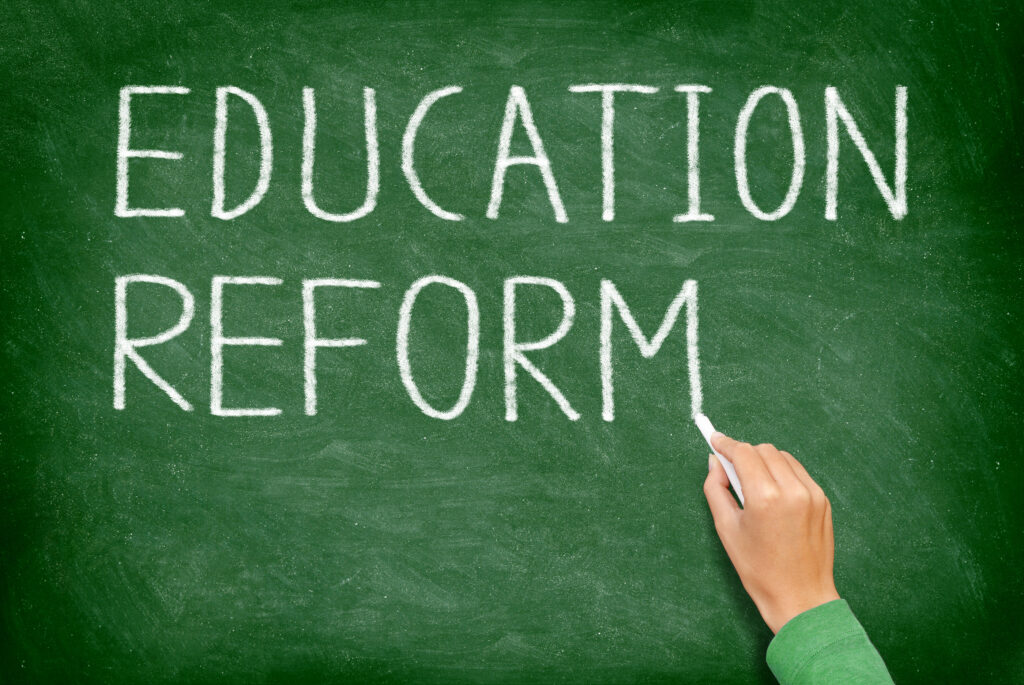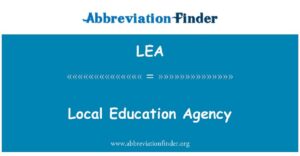School Education Reforms

School education reforms are often a lengthy and intricate process that typically entails multiple initiatives. The ideal reforms will include policies that enhance teaching and learning in the classroom, enhance teacher quality, boost student retention rates, boost administrator effectiveness – ultimately leading to improved schools for all.
The Ideal School Education Reforms
In the late 19th century, Horace Mann and other educational reformers sought to establish state-run common schools. Their aim was to offer an excellent public education to children of all economic backgrounds and abilities. According to Mann’s vision, curriculums would emphasize reading, writing, and arithmetic with an aim of improving society; furthermore, schools would have a strong social conscience and emphasize community service work.
Horace Mann’s vision in the United States was one that held that education should be available to all, regardless of income or wealth. Many believed that education should be free for all regardless of background.
The initial step toward realizing the vision of a common school was to establish an effective system of professional, trained teachers who could guide students through curriculums. For this to happen, they required state-approved teacher training programs and ongoing support for professional development.
This initiative sought to ensure educators were well-prepared for teaching and children received an exceptional education. Furthermore, it sought to encourage parents to stay involved in their children’s learning process and make school a more enjoyable place for everyone.
It was also hoped that schools could become more democratic, with a united student body and common set of rules. In some cases, this meant creating an assessment system using standardized tests to gauge student progress.
Unfortunately, too much standardized testing can be a distraction and take away from the true purpose of education. Therefore, I believe fewer standardized tests are the better option; instead, schools should utilize more sophisticated systems to monitor student progress.
Furthermore, school districts should collaborate with teachers to identify the curricula and resources that they believe will be most successful. Doing this saves money for the district while giving teachers more freedom to select what works best for their students.
The next stage in this process involves implementing these curricula into classroom settings. To accomplish this, teacher preparation, professional development and assessment must be coordinated.
These steps are critical if we want to enhance the quality of teachers and maximize their effectiveness. They must also be supported by clear objectives and accountability systems.
Funding should also be provided for teachers’ salaries, providing them with the resources they need. This could be achieved through tax credits for new educators or increased salaries for highly effective educators – or a combination of both.
Candidates for school education reform should consider a number of effective ideas. However, these are by no means exhaustive or comprehensive. The key lies in having an array of solutions that benefit students, parents, and educators alike.







